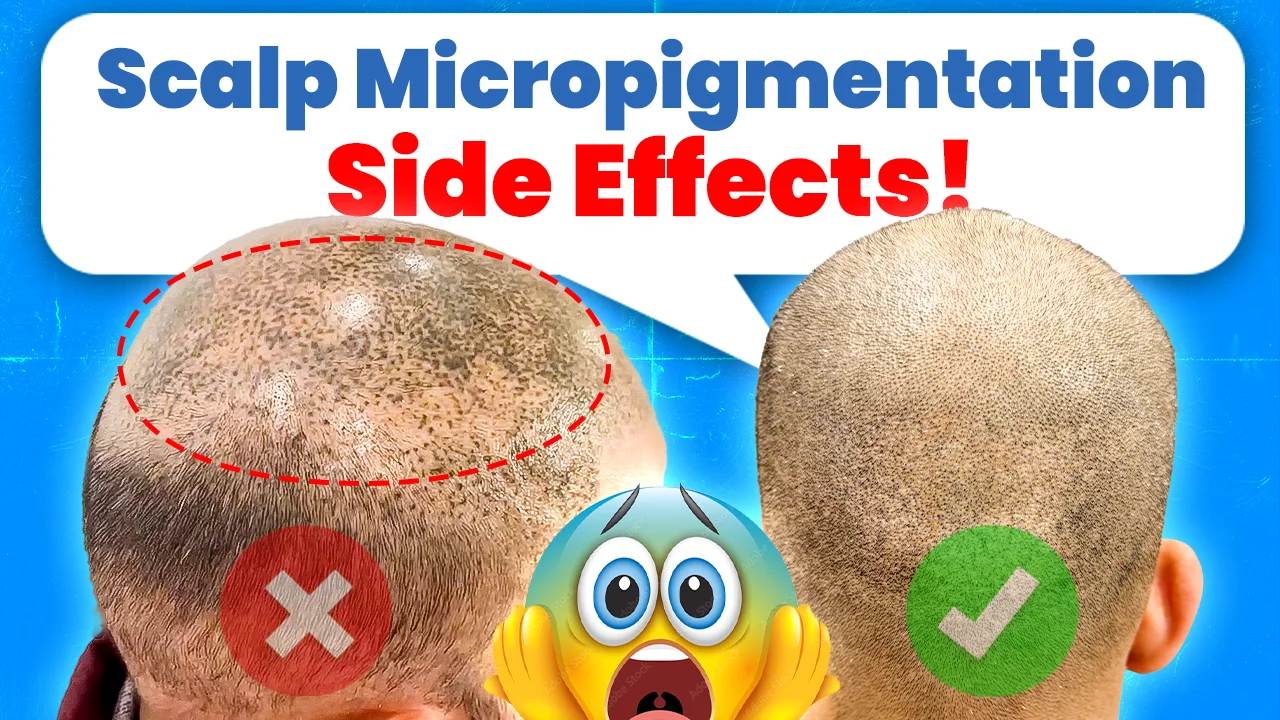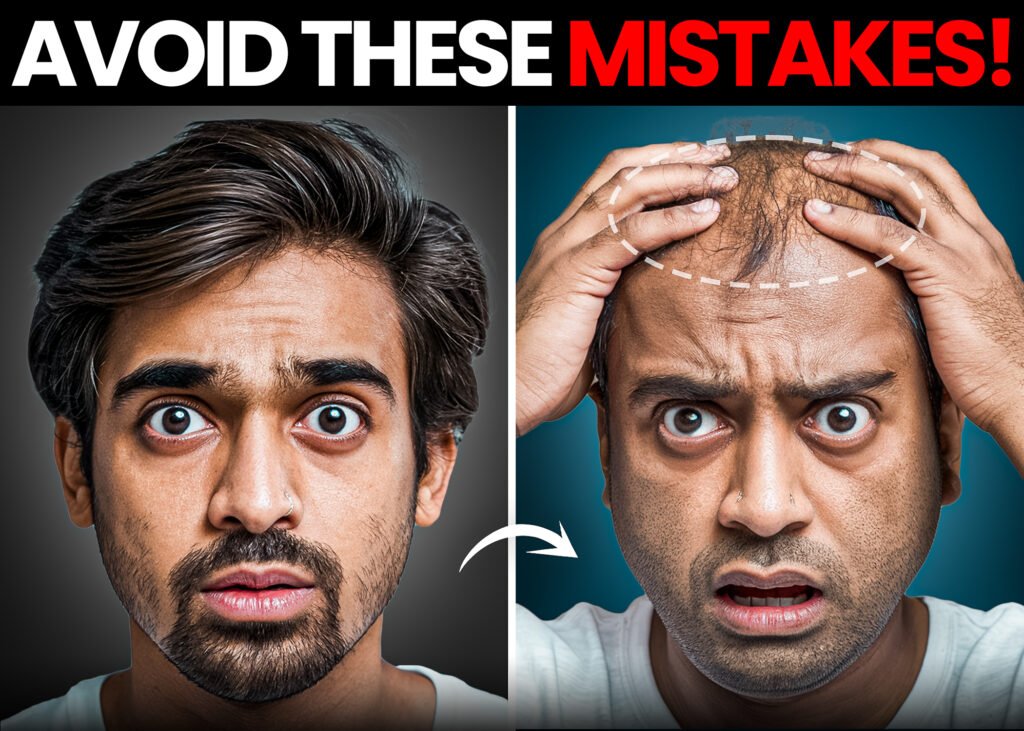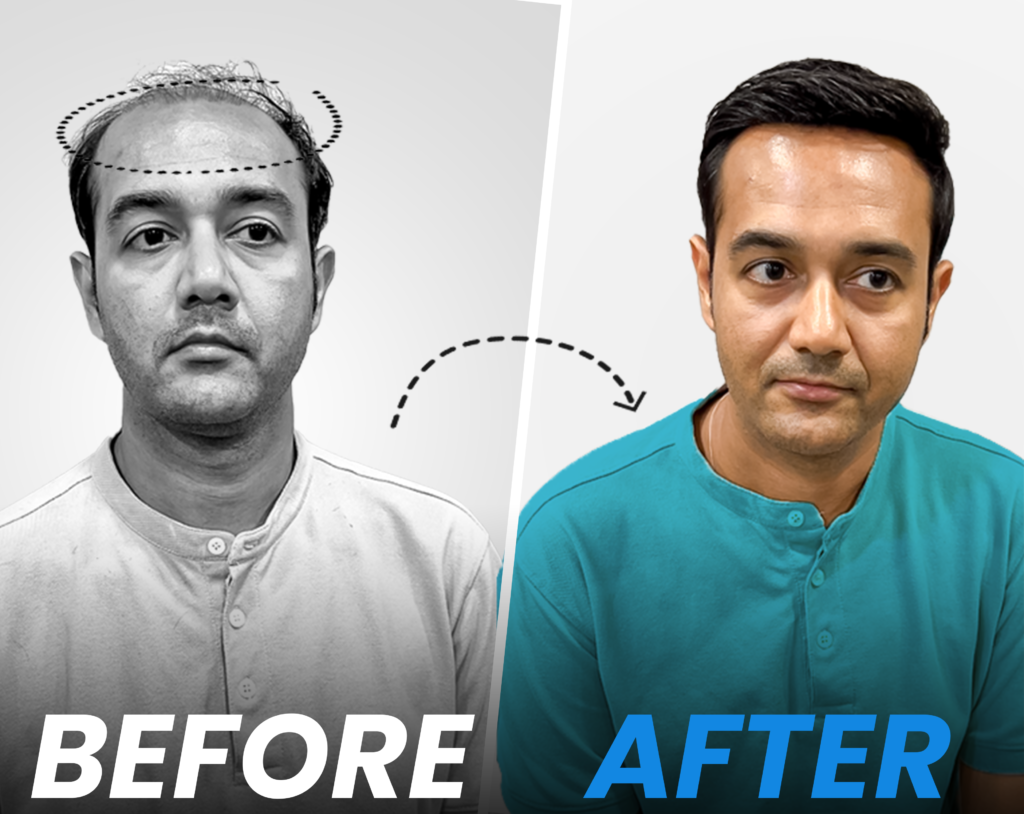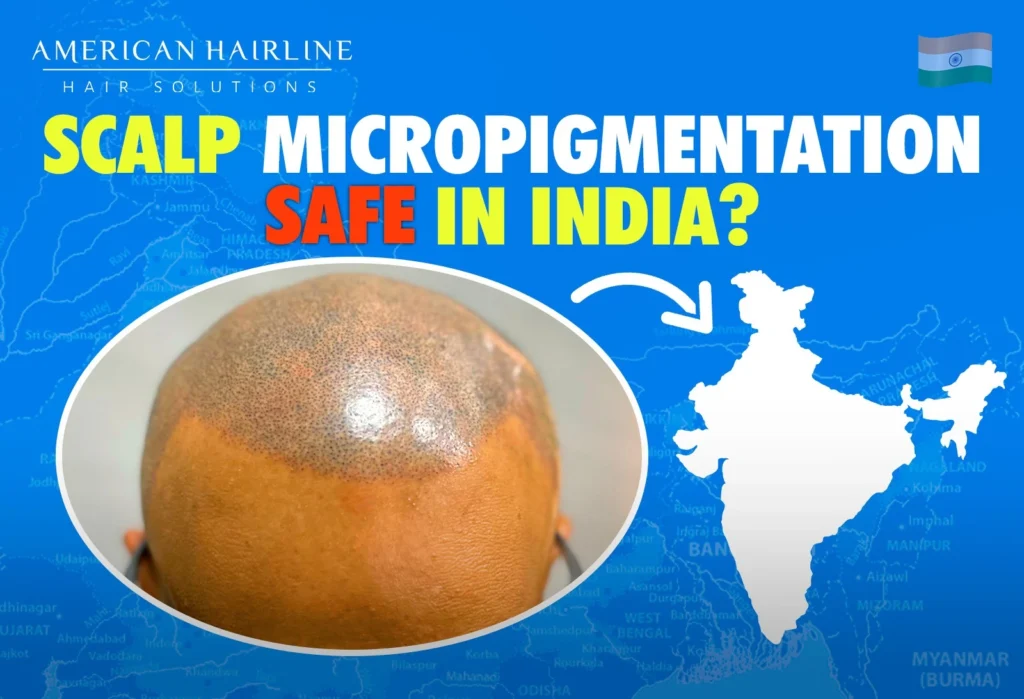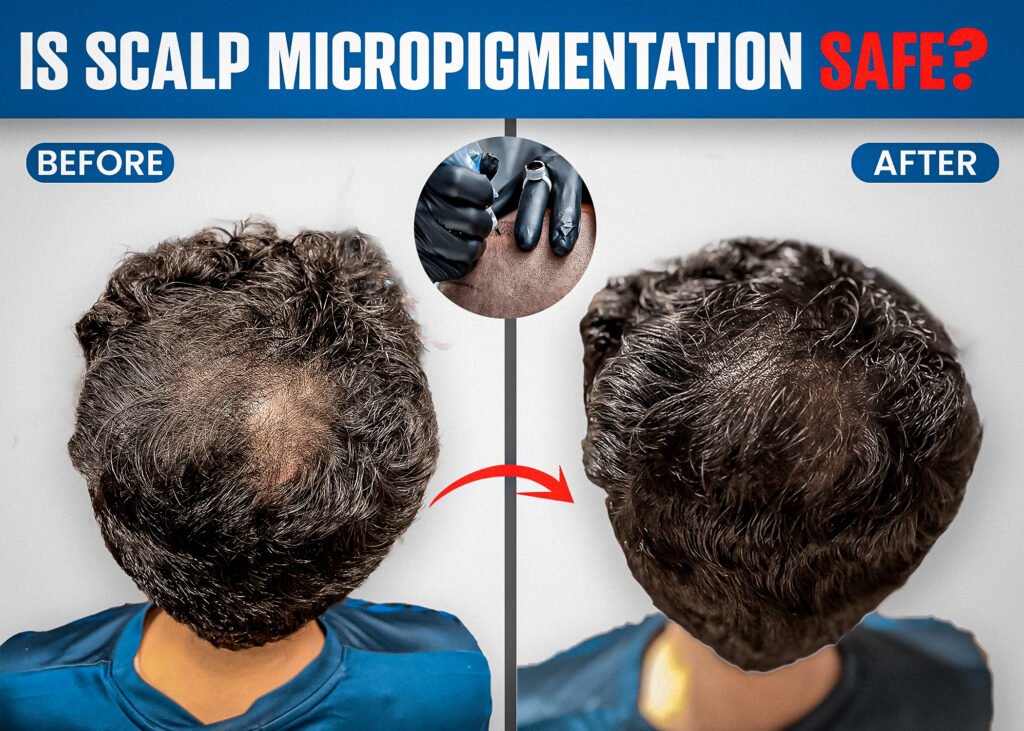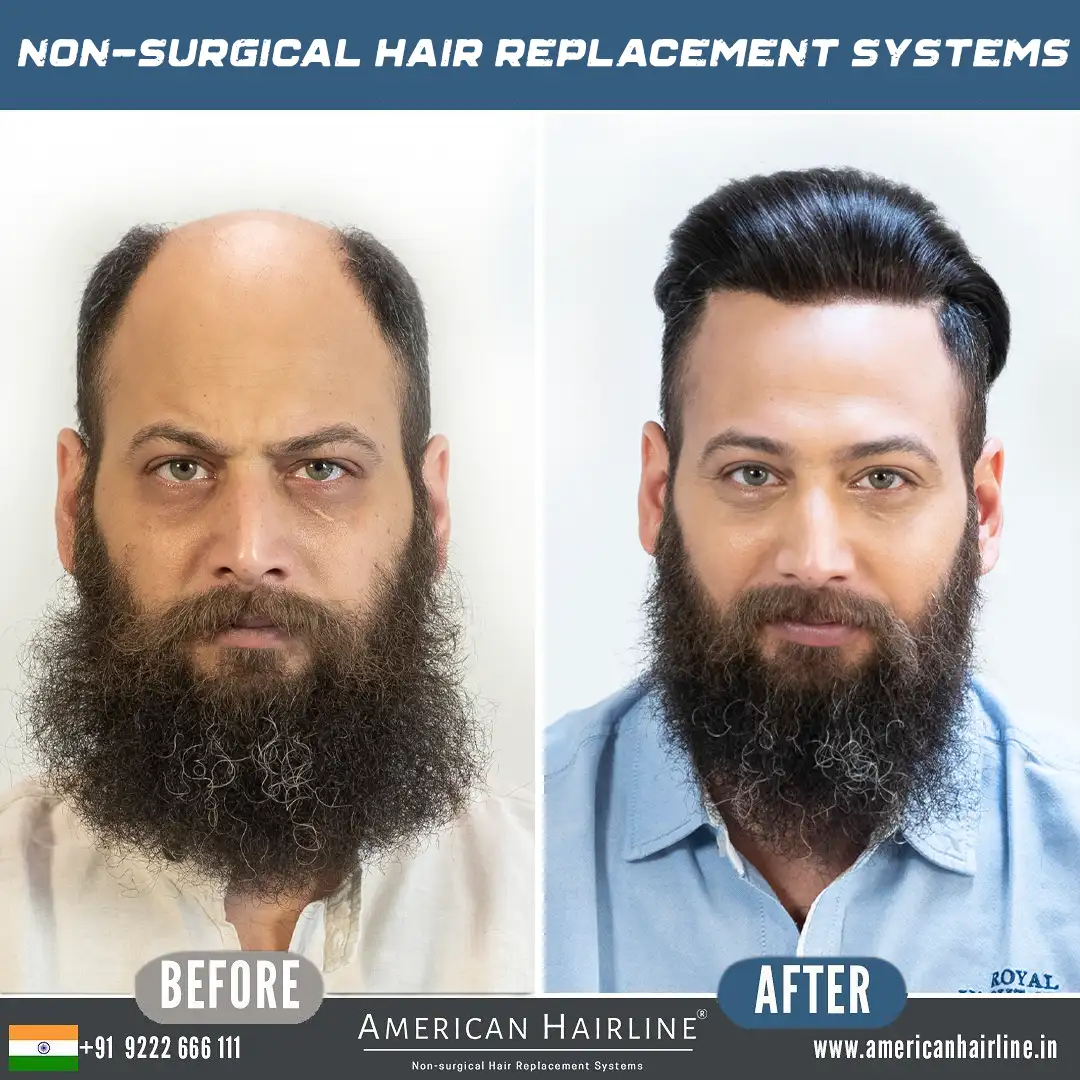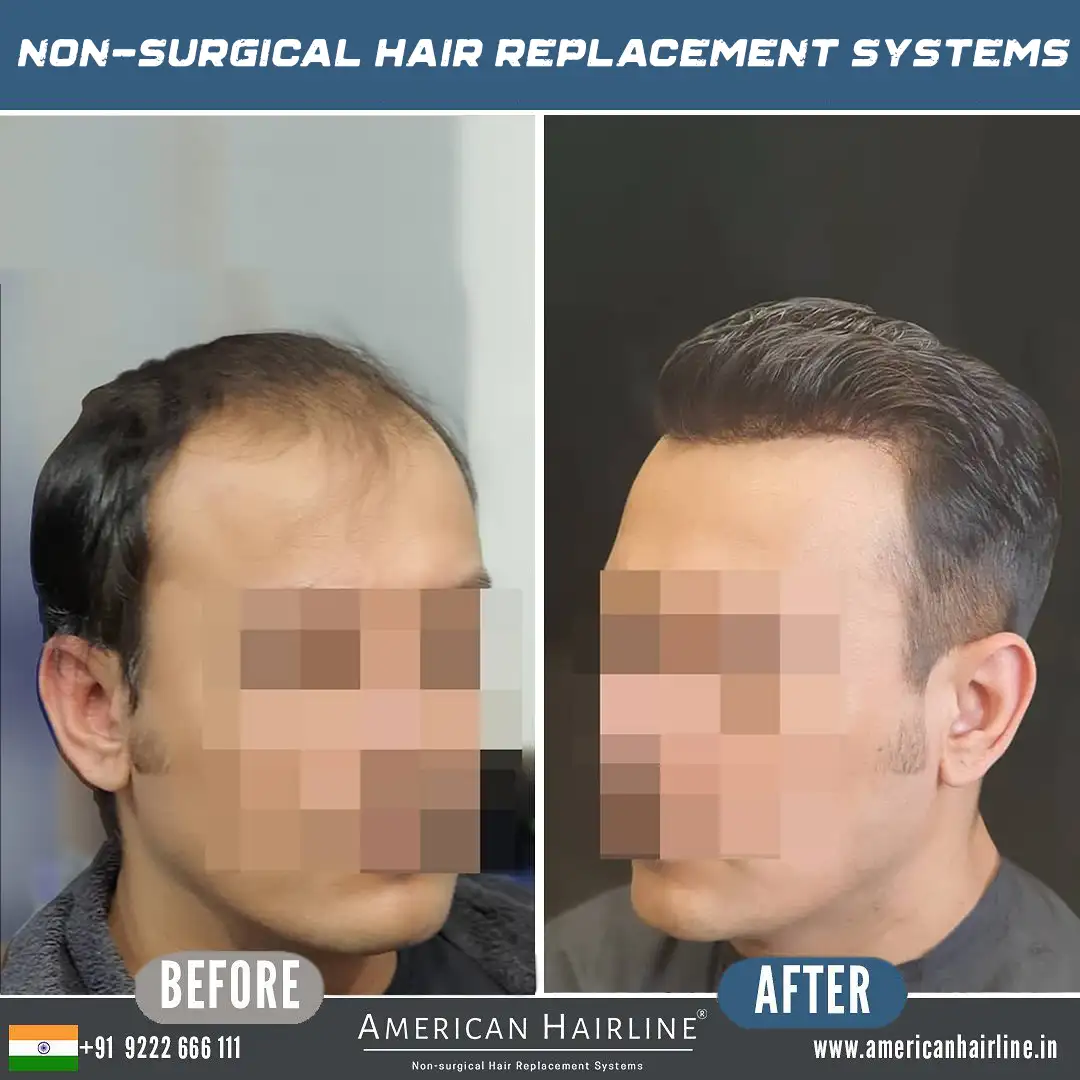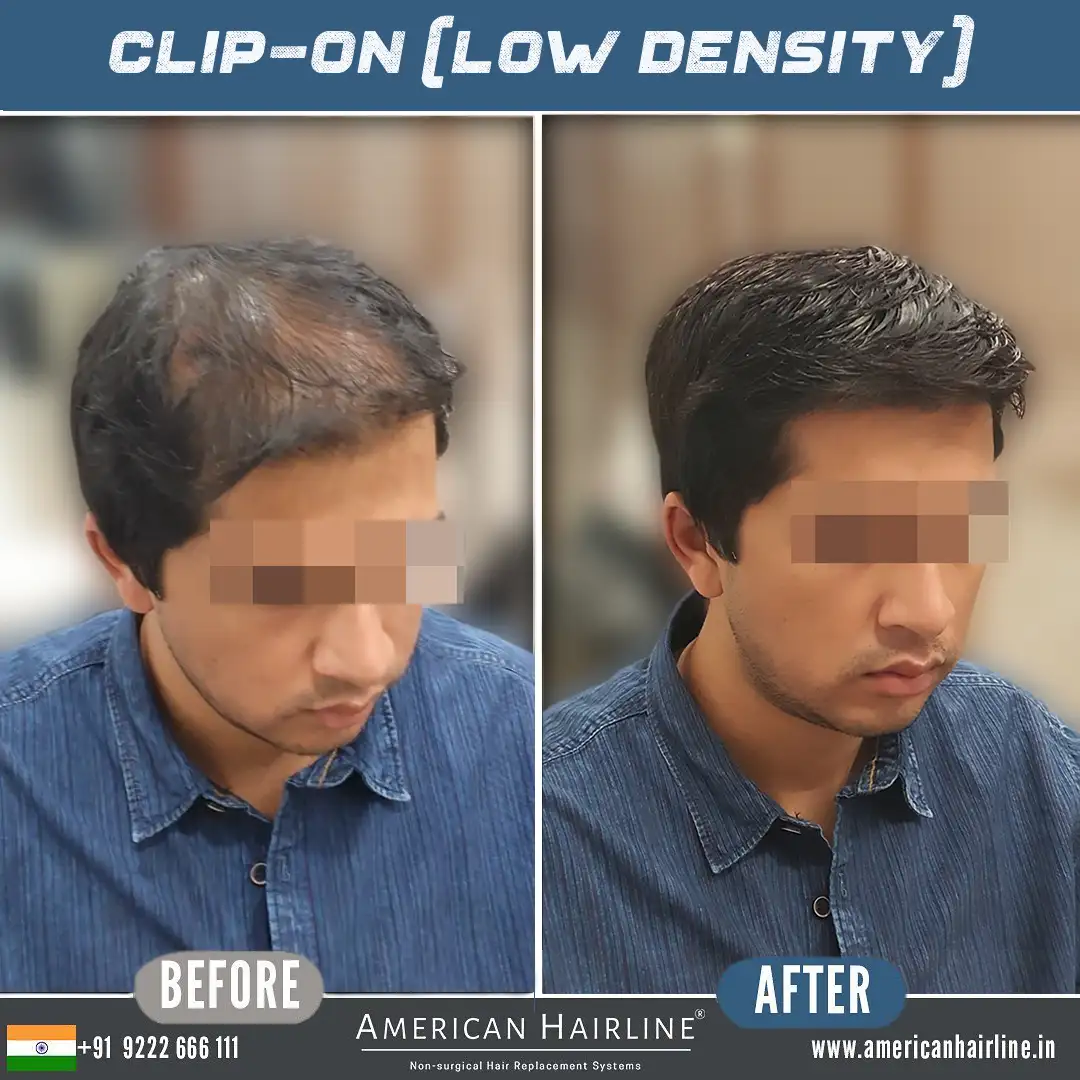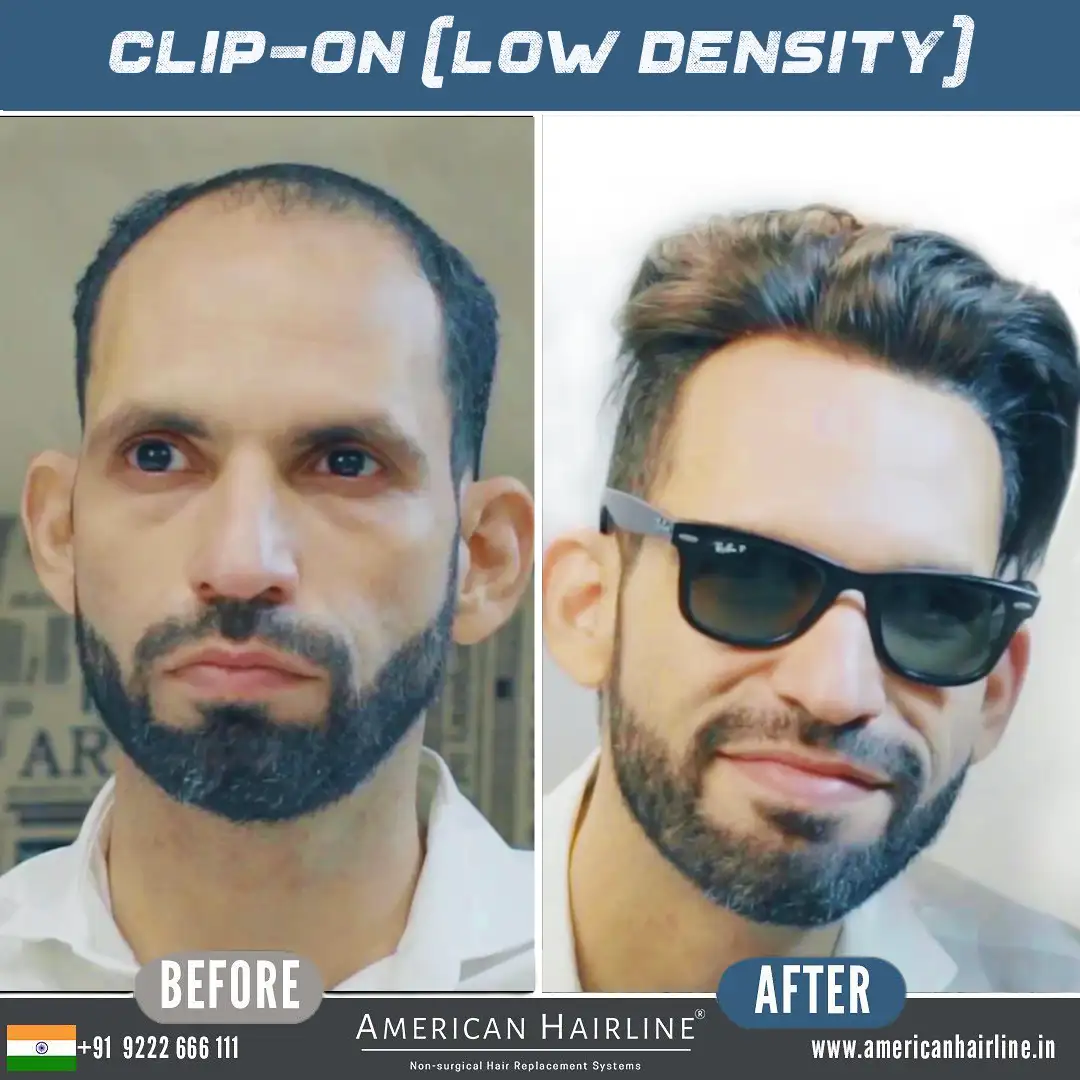Scalp micropigmentation (SMP) has gained popularity as an effective non-surgical solution for hair loss, offering a realistic and natural-looking result for men and women dealing with thinning hair or baldness. However, like any cosmetic treatment, it’s essential to understand the potential side effects and risks associated with SMP before deciding to proceed. In this blog, we’ll take a closer look at what scalp micropigmentation involves, the possible side effects, and what you should consider before booking your treatment.
| Table of Content |
What is Scalp Micropigmentation (SMP)?
Scalp micropigmentation (SMP) is a cosmetic procedure that involves depositing tiny, specialized pigments into the scalp to mimic the appearance of hair follicles. It’s often referred to as a “hair tattoo” because the process is similar to tattooing, but the pigments and techniques used in SMP are specifically designed to replicate the look of short or shaved hair.
SMP is a popular choice for individuals experiencing various types of hair loss, including male pattern baldness, alopecia, or thinning hair. It can also be used to add density to thinning hairlines or to cover up scars from hair transplant surgeries. The result is a fuller, more defined hairline and scalp that appears to have closely shaved hair.
Common Side Effects of Scalp Micropigmentation
While SMP is generally considered a safe procedure, it’s important to be aware of the potential side effects. Most side effects are mild and temporary, but understanding them will help you be better prepared for the treatment process.
- Redness and Irritation
After your scalp micropigmentation session, it’s common to experience redness and irritation in the treated area. This is a natural response to the micro-needling process used to deposit the pigment into your scalp. The skin may appear slightly red for a few hours to a couple of days, depending on your skin’s sensitivity. It’s similar to the healing process after getting a tattoo.
To minimize discomfort, your practitioner may recommend using a soothing ointment and avoiding excessive sun exposure or strenuous physical activity that causes sweating for a few days after the treatment.
- Scabbing
Mild scabbing is another common side effect of scalp micropigmentation. As the tiny wounds caused by the micro-needling heal, small scabs may form on the treated area. It’s important not to pick at these scabs, as doing so can cause uneven pigment distribution or infection. These scabs typically fall off naturally within a few days, revealing the final results.
- Itchiness
As your scalp heals, you may experience some itching in the treated area. This is a normal part of the healing process, but it’s crucial to resist scratching or rubbing the scalp, as this can affect the final outcome of the treatment. Using a gentle, fragrance-free moisturizer recommended by your practitioner can help soothe the itching.
- Temporary Pigment Darkening
Immediately after the procedure, the pigment may appear darker than expected. This is a temporary side effect, and as the scalp heals and the top layer of skin sheds, the pigment will settle into its final, more natural shade. This process typically takes about one to two weeks, after which the true color will become more apparent.
Less Common, But Possible Side Effects
While the side effects mentioned above are relatively mild and temporary, there are a few less common side effects that can occur with scalp micropigmentation. These are generally rare, especially when the procedure is performed by a skilled and experienced practitioner.
- Allergic Reactions
Though rare, some individuals may experience an allergic reaction to the pigments used in SMP. It’s essential to let your practitioner know if you have any known allergies to pigments or dyes, as this can help them choose the right materials for your treatment. If you have sensitive skin, a patch test may be done to ensure the pigment doesn’t cause a reaction.
- Infection
Infection is a potential risk with any procedure that involves breaking the skin. While scalp micropigmentation itself is considered safe, improper aftercare or unhygienic practices by the practitioner can increase the risk of infection. To avoid this, it’s crucial to follow all aftercare instructions provided by your practitioner, such as keeping the treated area clean and avoiding touching your scalp with unclean hands.
Make sure to choose a reputable clinic with licensed professionals who follow strict hygiene protocols to minimize any risk of infection.
- Uneven Pigment Distribution
Uneven pigment distribution, also known as blotching, can occur if the pigment is not applied evenly during the procedure. This is why it’s essential to work with an experienced technician who has a good track record of providing consistent, high-quality results. Blotching can sometimes be corrected with additional touch-up sessions, but it’s better to prevent it by choosing the right practitioner from the start.
Who Should Avoid Scalp Micropigmentation?
While SMP is a suitable treatment for many people, there are certain conditions or circumstances where it may not be the best option.
- Individuals with Skin Conditions: If you have pre-existing skin conditions like eczema, psoriasis, or active acne on the scalp, it’s important to consult with a dermatologist before considering SMP. These conditions can interfere with the healing process and affect the final outcome of the treatment.
- People Prone to Keloid Scarring: If you have a history of keloid scars (raised scars that grow beyond the wound area), scalp micropigmentation may not be recommended. The micro-needling process can trigger keloid formation, resulting in unwanted scarring.
Pregnant or Nursing Women: Most cosmetic procedures, including scalp micropigmentation, are typically not recommended for pregnant or breastfeeding women due to the lack of research on how the pigments may affect the body during this time.
What to Expect During Recovery
The recovery process after scalp micropigmentation is relatively straightforward, but it’s essential to follow the aftercare instructions provided by your practitioner to ensure the best results. Here’s what you can expect during the recovery period:
- First 48 Hours: Avoid touching or washing your scalp, and stay away from direct sunlight. It’s also recommended to avoid heavy sweating, so strenuous exercise or any activities that cause excessive sweating should be avoided.
- First Week: You may notice some scabbing and itching as your scalp begins to heal. Continue to avoid scratching the area, and use any prescribed ointments to aid the healing process.
- After One Week: At this point, most of the scabbing should have subsided, and the pigment will start settling into its final color. You can begin washing your scalp with mild, fragrance-free products, but avoid harsh scrubbing.
Two to Four Weeks: Your scalp should be fully healed, and the true color of the pigments will become apparent. At this stage, you may schedule a touch-up session if needed to fine-tune the results.
Final Thoughts: Is Scalp Micropigmentation Right for You?
Scalp micropigmentation offers a fantastic, non-surgical hair replacement solution for those dealing with hair loss, but it’s important to be aware of the potential side effects before committing to the treatment. While most side effects are mild and temporary, knowing what to expect can help you make an informed decision.
At American Hairline, we take pride in offering scalp micropigmentation treatments performed by experienced professionals, ensuring you receive the highest quality care and results. If you’re considering SMP and want to learn more about the procedure and its possible side effects, book a consultation with us today. We’ll help you decide if scalp micropigmentation is the right choice for you and guide you through every step of the process.

